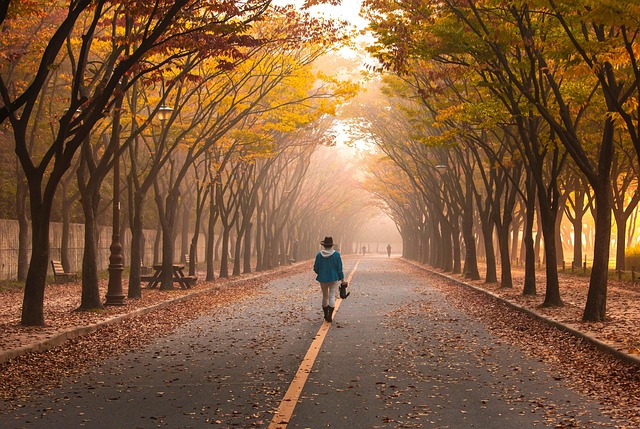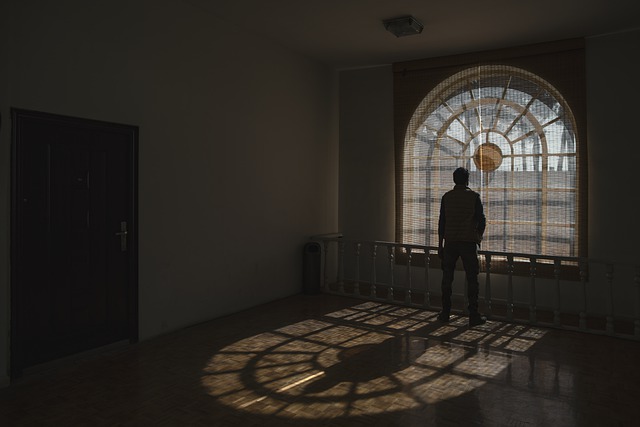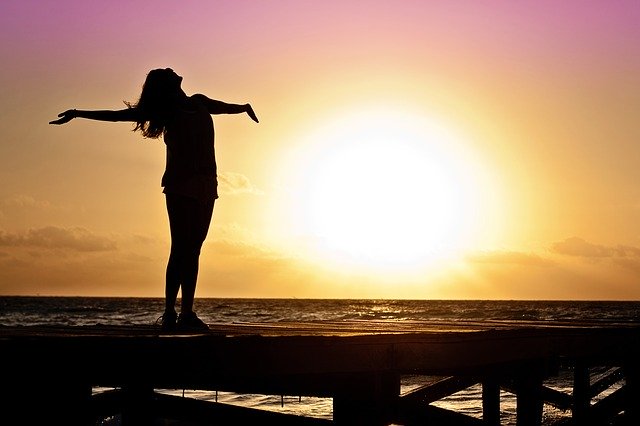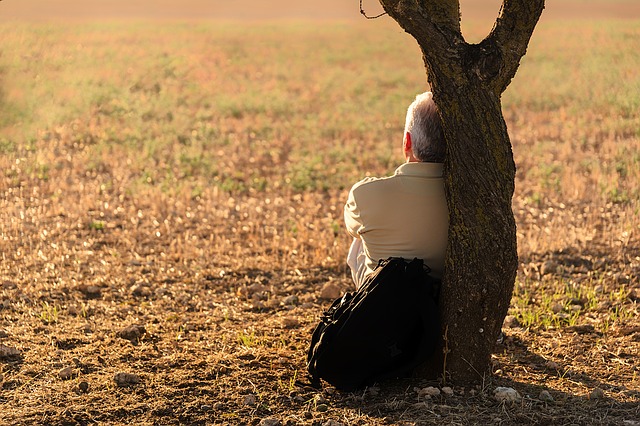In the movie Zorba the Greek, Alexis Zorba contends, “I’m a man, so I married. Wife, children, house, everything. The full catastrophe.” Jon Kabat-Zinn draws on this analogy in writing his landmark book, Full Catastrophe Living, in which he contends that mindfulness meditation enables us to “make use of the full spectrum of our experiences, the good, the bad, and the ugly”. He argues that mindfulness meditation helps us to deal with “what comes our way” as part of the human condition and to do so in ways that are both healing and deeply nourishing.
In his book, Jon draws heavily on the mind-body connection to show how we can use our inner wisdom “to cope with stress, pain and illness” and demonstrates how mindfulness meditation facilitates this interconnectedness. He contends that through mindfulness practices, we can experience not only joy and satisfaction but also suffering in a positive way that enriches our life.
In his book, he explains the benefits of mindfulness meditation, drawing on scientific evidence and the researched benefits of the Stress Reduction Clinic which had been operating for 25 years at the time of his writing, with “over 16,000 medical patients completing its eight-week program”. His aim in writing the book was to make the practice of mindfulness meditation and its benefits readily accessible to people in everyday living – contending with the vicissitudes of life in an ever-increasingly, fast-paced world. To this end he describes in detail a range of mindfulness practices that can be employed by anybody as part of their daily living.
The nature of Mindfulness Meditation
Jon makes the point that in the Stress Reduction Clinic the facilitators don’t do anything for the patients apart from giving them “permission to live their moments fully and completely”. He states that mindfulness meditation is “non-doing”, by “being in the moment”. Through this process of paying attention to their minds and bodies – becoming fully in touch with themselves – patients come to terms with “the full catastrophe that can make life more joyful and richer”.
In the final analysis, participants in mindfulness meditation achieve a new way of seeing their situation, a “way of awareness” that is characterised by wholeness instead of fragmentation. The challenge for participants is to “stop doing” and to “start being”. Given the “non-doing” nature of mindfulness meditation, it is self-defeating to set a specific goal for the practice such as lower blood pressure, heal a specific illness or overcome reactivity. Such goal-oriented behaviours are the product of a doing-culture.
Mindfulness meditation draws its healing power in part from addressing our thought patterns. Jon points out the research that highlights how our thought patterns, beliefs, emotions and attitudes can “harm or heal”. Our thought patterns are pervasive, impacting every aspect of our life as they:
- lie behind our motives and choices
- determine how we perceive the world and ourself
- shape our level of confidence in our ability to achieve things
- underpin our beliefs about how the world works and “what our place in it is”.
Research shows that thought patterns can impact our health and contrasts the positive impact of optimism versus the negative impact of pessimism. It also highlights the power of self-efficacy (belief in your ability to achieve/succeed) and its capacity to influence your ability to grow and develop.
Mindfulness Meditation practices
In Full Catastrophe Living, Jon highlights a range of mindfulness meditation practices that we can engage in at any time during our day. He makes the point that the deciding factor in how beneficial the practices are is not how perfectly you do them but the regularity with which you practise. Here are some thoughts on the anchors for each of the practices he mentions:
- Breath – is fundamental to our existence, without it we are not alive. Jon describes breathing as “the unsuspected ally in the healing process”. The basic process he advocates involves getting in touch with our breathing, focusing on the rise and fall of our abdomen or chest or the sensation of air entering and leaving our nostrils. The aim here is not to try to control our breath but to be aware of it happening and noticing its character – fast/slow, easy/laboured, deep/shallow. Resting in our breath can be healing and relaxing. Beyond this basic process of being in touch with our breath as it happens there are various techniques available to us at anytime to consciously vary our breath. We can breathe with intention or adopt one of the breathing exercises advocated by James Nestor such as resonant breathing or box breathing. Alternatively, we can adopt “rhythmic breathing”, advocated by Richard Wolf as a form of mindfulness meditation.
- Sounds – listening to sounds as you meditate, “hearing what is there to be heard, moment by moment”. It does not involve “listening for sounds” nor judging the quality, duration or resonance of what we hear. Jon maintains that we can treat the sounds as “pure sound” and simultaneously be conscious of the space between – the silences that occur whether we are listening to music or sounds in nature. He encourages us to breathe the sounds into our body and “letting them flow out again on the outbreath”. Listening to sounds can occur in any meditation posture – sitting, standing, lying down or walking.
- Sitting meditation – Jon advocates this form of meditation as a way to “nourish the domain of being”. as a counter to incessant moving and doing. He maintains that we can employ several objects of attention (anchors) in the process of a sitting meditation, including our breath, sounds, our whole body or our feelings and thoughts. Jon suggests that you can start this form of meditation by first being grounded in your breath so that you are not easily carried away by the content of your thoughts or feelings. In relation to your feelings, he recommends that you observe your moods and associated feelings and thoughts “as they come and go”. When focusing on thoughts he reminds us that they are “impermanent”, coming and going often at speed. He says the challenge is to identify the “me” thoughts and to be able to delineate thoughts associated with anger or resentment, greed or clinging. Jon maintains that this type of mindfulness meditation is taxing and should only be done for short periods.
- Walking meditation – involves consciously “attending to the experience of walking itself”. This may involve recognising the marvellous coordination of the whole body required to be able to walk or acknowledging with gratitude that you are able to walk at all (while there are numerous people who are unable to do so). It could involve focusing on the sensations in your legs or feet but not looking at your feet. Jon indicated that in the Stress Reduction Clinic, people walk in circles or in a straight line to avoid goal-oriented walking – focusing on the act of walking not the destination. He suggests that when you pay more attention to the process of walking, “you appreciate that it is an amazing balancing act”. Barriers we can experience in undertaking a walking meditation can include loss of balance, strong emotions and invading thoughts.
Reflection
What Jon describes in the above mindfulness meditations can be undertaken anywhere, anytime. They can become a part of a daily routine and/or a spontaneous mindfulness practice in the midst of doing other things. The more frequently we undertake routine mindfulness practice, the more we can grow in mindfulness and become spontaneously mindful of our bodies and our surroundings.
In Ella Ward’s novel, The Cicada House, her main character, Caitlin, comments that the wind through the trees sounds like waves. After reading that comment, I spontaneously paid attention to the strong winds blowing from the Bay through the trees to our back deck. As I focused on the sound of the wind amongst the trees, I could sense the sound of waves rising and falling.
My reflection on Jon’s discussion of mindfulness meditation led to the following poem:
Mindful Walking
Walking with intent,
process not destination.
Grateful for the balance and coordination,
grateful that I can walk.
Focusing on the sensations of feet and legs,
feeling pressure on the soles.
Listening to sounds,
hearing the birds,
above and below, in front and behind, to the left and the right.
The world of “doing” falling behind,
overtaken by “being”.
_________________________________________
By Ron Passfield- Copyright (Creative Commons license, Attribution-Non-Commercial -No Derivatives.
Disclosure: If you purchase a product through this site, I may earn a commission which will help to pay for the site, the associated Meetup group and the resources to support the blog.





